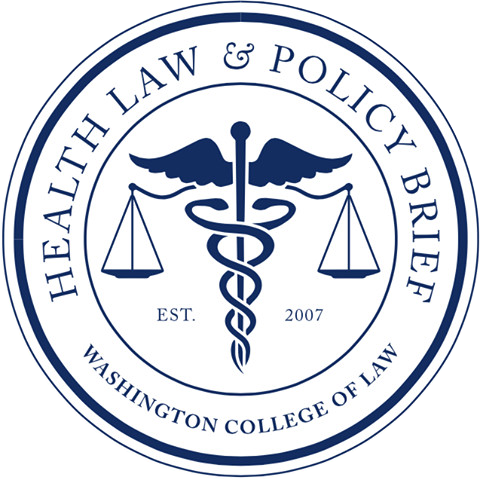In a March 2012 report, the Congressional Budget Office (CBO) estimated that by 2022, the Patient Protection and Affordable Care Act (ACA) would reduce the number of nonelderly people without health insurance by 33 million, leaving another 27 million still uninsured. A significant part of that 33 million included the 17 million more people the CBO estimated to qualify for Medicaid by 2022 under the ACA. They had not previously qualified because the ACA increased the eligible income to those making up to 138% of the Federal Poverty Level. This increase in eligibility would have been implemented by making all federal Medicaid dollars given to the states contingent on states increasing the pool of eligible individuals.
On June 28th, the Supreme Court ruled in National Federation of Independent Business v. Sebelius, however, that the federal government could not withhold current levels of Medicaid funding to force the Medicaid expansion. Instead, it could only withhold the additional funds it planned to give out, making the Medicaid expansion optional state-by-state.
Based on the Sebelius ruling, the CBO reworked its estimates in a July 2012 report that concluded, because of the Supreme Court ruling, six million fewer people would qualify for Medicaid than previously estimated. Of those six million, however, an additional three million would qualify for the new exchanges. Therefore, the net loss of insured people thanks to the Supreme Court ruling was three million. In updating their numbers, the CBO did not attempt to guess which states would or would not expand their Medicaid program, but attempted to “reflect an assessment of the probabilities of different outcomes…and are, in their judgment, in the middle of the distribution of possible outcomes.”
These figures are being discussed again because of a June 2013 study by HealthAffairs, which did attempt to guess state-by-state who would be expanding their Medicaid programs and its affect on the uninsured. They note that, after the Supreme Court decision, 14 states had announced their intent to opt-out of the expansion, six were undecided, three were leaning against the expansion, and two were leaning toward the expansion. They found that if all currently undecided states opted in, 29.8 million people would remain uninsured by 2016 (compared to 26 million people uninsured according to the CBO by the same year). That number would rise to 31 million if all of the undecided states opted out. They also note that around 80% of those uninsured would be US citizens, and no matter which way the undecided states go, 4.3 million children and 1 million veterans would likely remain uninsured.
As of a September 17, 2013 a report by the Advisory Board Company found that the number of undecided and not participating states had increased. They found 15 (up from 14) states firm in opting out of expansion, seven (three) leaning against expansion, five (six) undecided or exploring an alternative model, four (two) leaning towards expansion, and overall 20 (25) firmly participating. Therefore, the percentage of states that could be opting out has increased from 34-46% to 44-54% of states. This will in turn increase the number of uninsured people. As the merits of the ACA continue to be debated on Capitol Hill in light of the budget debate, and more states become firm in their plans to opt-in or opt-out of the Medicaid expansion, the number of those who are ultimately uninsured could rise and continue to undermine the goal of universal health care.
